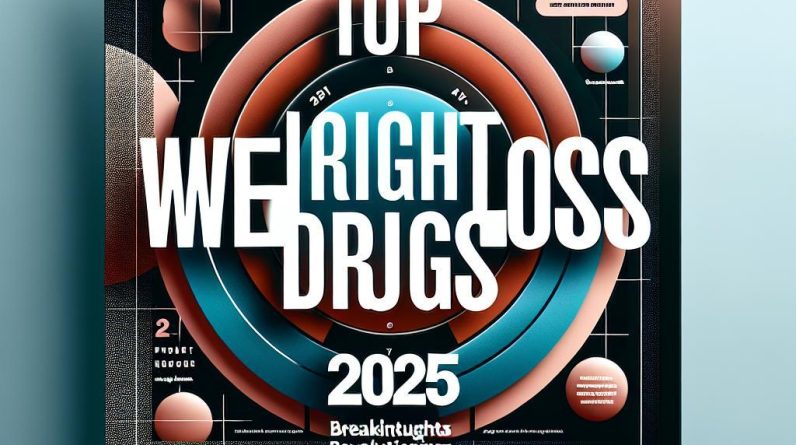Photo By: , Source, CC
GLP-1 receptor agonists such as ozempic and Semaglutide have revolutionized the management of type 2 diabetes and obesity. As we look toward 2025, the landscape surrounding these therapies is expected to evolve significantly, offering new opportunities while presenting notable challenges. This article explores the key areas shaping the future of GLP-1 receptor agonists.
Opportunities in the Development and Submission of GLP-1 Receptor Agonists
- Extended Therapeutic Indications: Innovations are enabling these drugs to treat a broader range of conditions, including non-alcoholic fatty liver disease (NAFLD), cardiovascular diseases, and even certain neurodegenerative disorders.
- Formulation Advances: Development of oral formulations and combination therapies enhances patient compliance and expands usage beyond injectable options.
- Personalized Medicine: Advances in genomics and biomarkers facilitate tailored treatments, optimizing efficacy and minimizing side effects for individual patients.
- Market Expansion: Growing global demand, especially in emerging markets, offers meaningful commercial opportunities for pharmaceutical companies.
- Innovative Delivery Systems: Novel delivery mechanisms, including sustained-release formulations, may improve adherence and convenience.
Challenges Facing the Future of GLP-1 Receptor Agonists
- Cost and Accessibility: High treatment costs may limit accessibility, especially in low-resource settings, necessitating strategies for affordability.
- Side Effect Profiles: Gastrointestinal adverse effects and potential long-term safety concerns require ongoing monitoring and management.
- Regulatory Hurdles: Evolving regulatory landscapes might impact approval processes for new indications and formulations.
- Competitive Market: Increasing competition from other anti-diabetic drugs and emerging therapies could affect market share and innovation incentives.
- Patient Adherence: Despite advancements,ensuring consistent patient adherence remains a persistent challenge,especially with injectable formats.
the future of GLP-1 receptor agonists like Ozempic and Semaglutide in 2025 holds promising opportunities for expanding therapeutic benefits and improving patient outcomes. However,addressing challenges related to cost,safety,and adherence will be critical to fully harness their potential in the evolving healthcare landscape.



